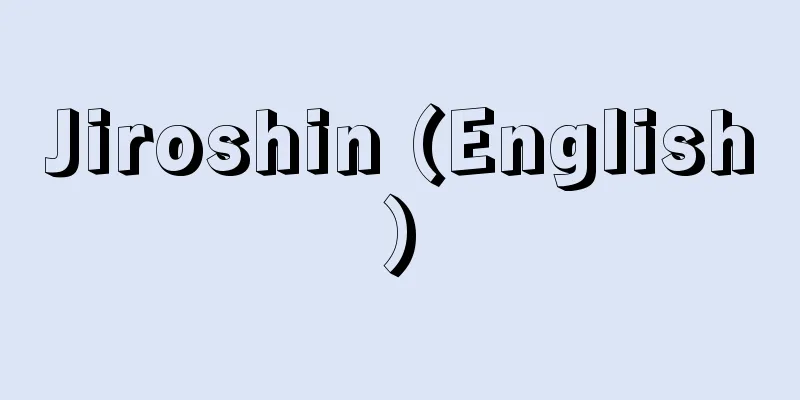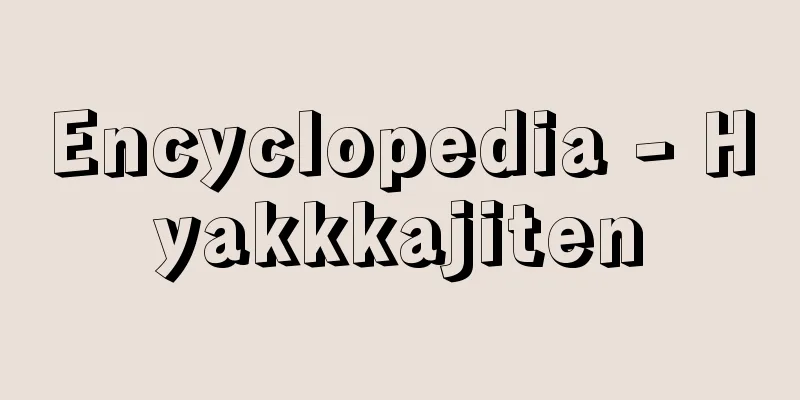One prefecture, one newspaper system

|
...Control over speech and publishing was also strengthened. Immediately after the outbreak of the Pacific War, the Tojo Cabinet, based on the Newspaper Business Order and other laws, began to consolidate newspapers, with the principle of one newspaper per prefecture, and to consolidate and abolish magazines. As a result, the number of newspapers and magazines, which had been 18,022 at the end of 1941, dropped sharply to 2,548 at the end of 1944. *Some of the terminology used in relation to the "one prefecture, one newspaper system" is listed below. Source | Heibonsha World Encyclopedia 2nd Edition | Information |
|
…言論と出版に対する統制も強められた。東条内閣は,太平洋戦争開戦直後から新聞事業令などに基づき1府県1紙制を原則とする新聞の統合と,雑誌の統廃合に着手した。そのため41年末に1万8022点あった新聞と雑誌は,44年末には2548点に激減した。… ※「1府県1紙制」について言及している用語解説の一部を掲載しています。 出典|株式会社平凡社世界大百科事典 第2版について | 情報 |
Recommend
Clough, Arthur Hugh
Born: January 1, 1819, Liverpool [died] November 1...
Dynamic range
…1 Signal selectivity is expressed as the degree ...
Arrab - Arrab
… [Islam and Arab] The word "Arab" itse...
Jiang Kang Hu (English spelling)
1883‐1954 Chinese politician. His real name was Sh...
Kangean Island dialect - Kangean Island dialect
...It is based on the island of Madura in the nor...
Parmesan cheese
…The main cheeses are classified according to the...
Auxō (English spelling) Auxo
…In the singular, it is called Hōra, and is the o...
Hagenbeck Zoo - Hagenbecks Tierpark
A private zoo opened in 1907 in Stellingen, a subu...
Bit - Bridle
A piece of horse equipment that is attached to th...
Auric acid
This refers to a substance written as HAu(OH) 4 ,...
Woyo tribe - Woyo tribe
… There are many examples of proverbs being used ...
hortus conclusus (English notation) hortus conclusus
...Gardens of that time seem to have placed empha...
Puṅgī (English spelling)
A snake charmer's flute used in India. The mou...
Olenelian - Olenelian
… The Cambrian is divided into three periods, the...
Kadphises II
King of the Kushan dynasty in ancient India. Accor...




![Admiralty [Islands] - Admiralty](/upload/images/67cad5bebf8bd.webp)




![Tano [town] - Tano](/upload/images/67cc24b31b3ed.webp)